Supply squeeze risks are pushing lithium price higher and higher
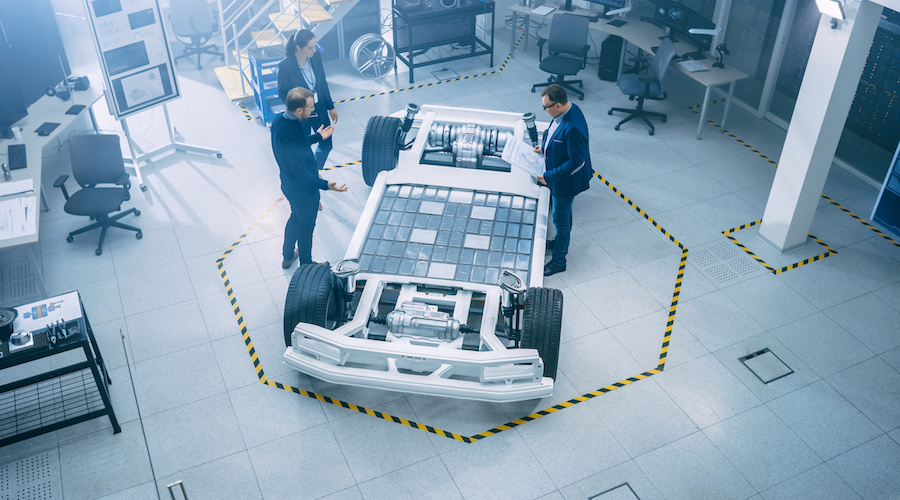
Lithium has burst into 2022 with a fresh price spike that hands electric-vehicle makers more warning of even sharper cost pressures to come.
Supplies of the mainstay battery material face a series of near-term risks that threaten deeper shortages just as demand accelerates with rising global EV adoption. An already-tight market is being roiled by everything from plant maintenance and Winter Olympics curbs in China, to pandemic-related labor shortages in Australia.
Related read: France plans $1.1 billion to safeguard metals for EV batteries
That’s set to ratchet up the squeeze on EV manufacturers after a year that saw global lithium prices almost quadruple. Lithium carbonate in China is up 13% already this year at a new record, adding to a gain of more than 400% in 2021.
“The lithium market is extremely tight at present, so spot prices are very sensitive to any supply disruptions,“ Alice Yu, analyst at S&P Global Market Intelligence, wrote in an email.
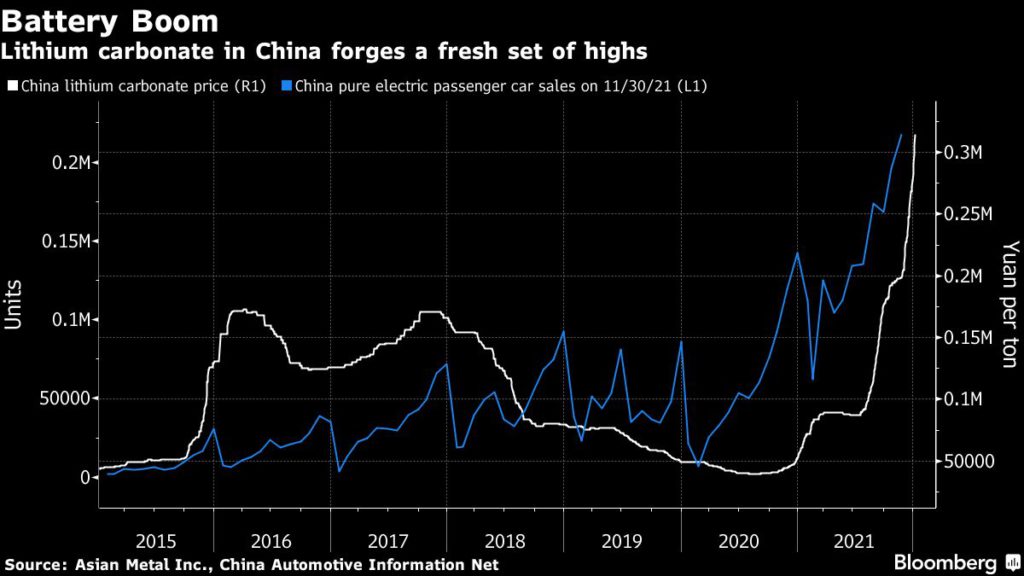
Lithium’s stunning start to the year echoes broad expectations for more price gains. Short-term supply disruptions add to a longer-term picture in which a fast-expanding global lithium sector is struggling to keep pace with sizzling demand from its customers.
Gains for other commodities mean battery costs this year could rise for the first time since 2010, according to BloombergNEF. Nickel, also an important battery ingredient, just rose to a nine-year high.
Read more: EV battery costs set to rise in 2022 as lithium price extends gains
Near term
In China, a series of lithium plants are on regular maintenance, while some producers in northern provinces like Shandong and Hebei face anti-pollution curtailments around the Winter Olympics, according to Shanghai Metals Market. The Games begin early February. The arrival of Covid-19’s omicron variant in China only adds to risks.
Ahead of the week-long Lunar New Year break in China, refinery maintenance work is set to intensify, while buyers will seek to stock up, S&P’s Yu said.
Virus-related challenges have affected miners in Western Australia, for example with labor shortages stemming from state-border restrictions. Pilbara Minerals Ltd. recently slashed its forecast for shipments of spodumene concentrate, an intermediate product that can be processed into battery chemicals.
Keeping up
Beyond those short-term issues, there are challenges for lithium to expand fast enough in the coming years. Supply skeptics can point to Rio Tinto Group, which faces environmental protests in Serbia, and there are growing concerns around the sustainability credentials of South America’s brine-based production.
“Customers are realizing that new supplies are very difficult to bring on,” said Tony Ottaviano, CEO at Australian lithium miner Liontown Resources Ltd. His company agreed to ship lithium to South Korean battery giant LG Energy Solution from 2024, when its project is scheduled to start.
For now, downstream players are hoping for some relief later this year from the current wave of higher prices.
“If those capacity plans from the upstream companies can be implemented on schedule in the middle of 2022, prices for raw materials and battery will hold steady,” Jessie Cai, vice president at EVE Motor, a unit of Chinese battery maker EVE Energy said by email. “Otherwise they could increase further.”
(By Annie Lee)
More News
Rio Tinto posts lowest Q1 iron ore shipments since 2019, tempers forecast
April 15, 2025 | 03:55 pm
Trump orders tariff probe on all US critical mineral imports
April 15, 2025 | 03:16 pm
{{ commodity.name }}
{{ post.title }}
{{ post.date }}

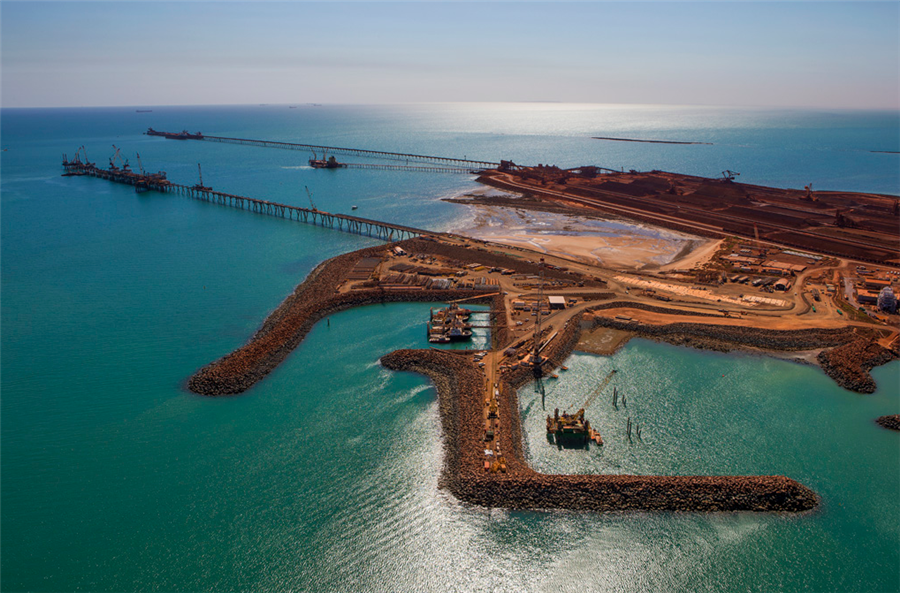
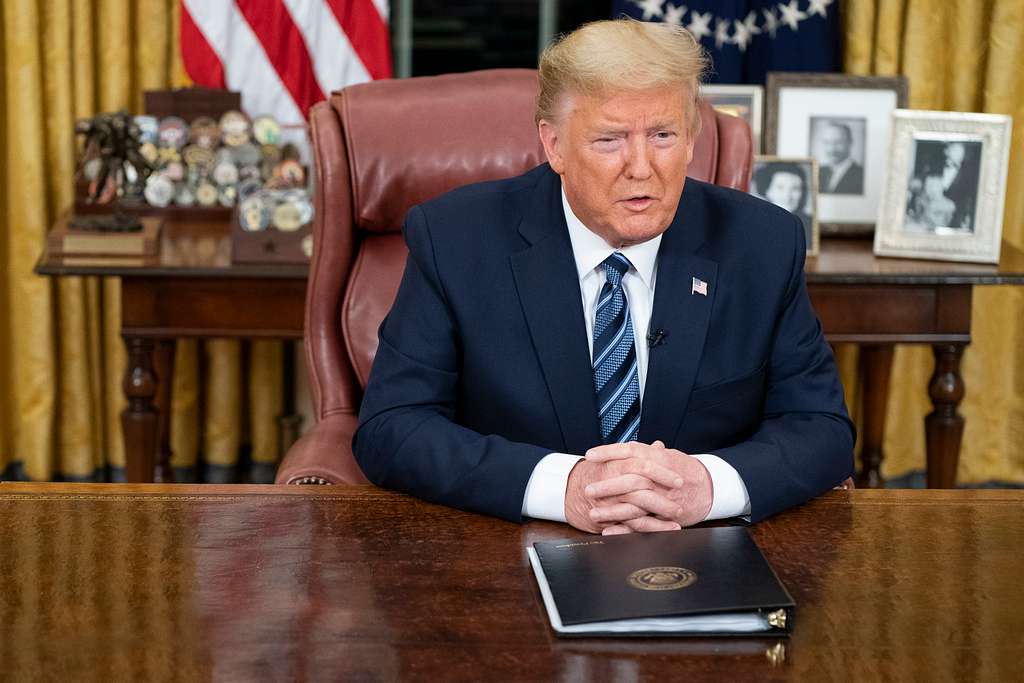
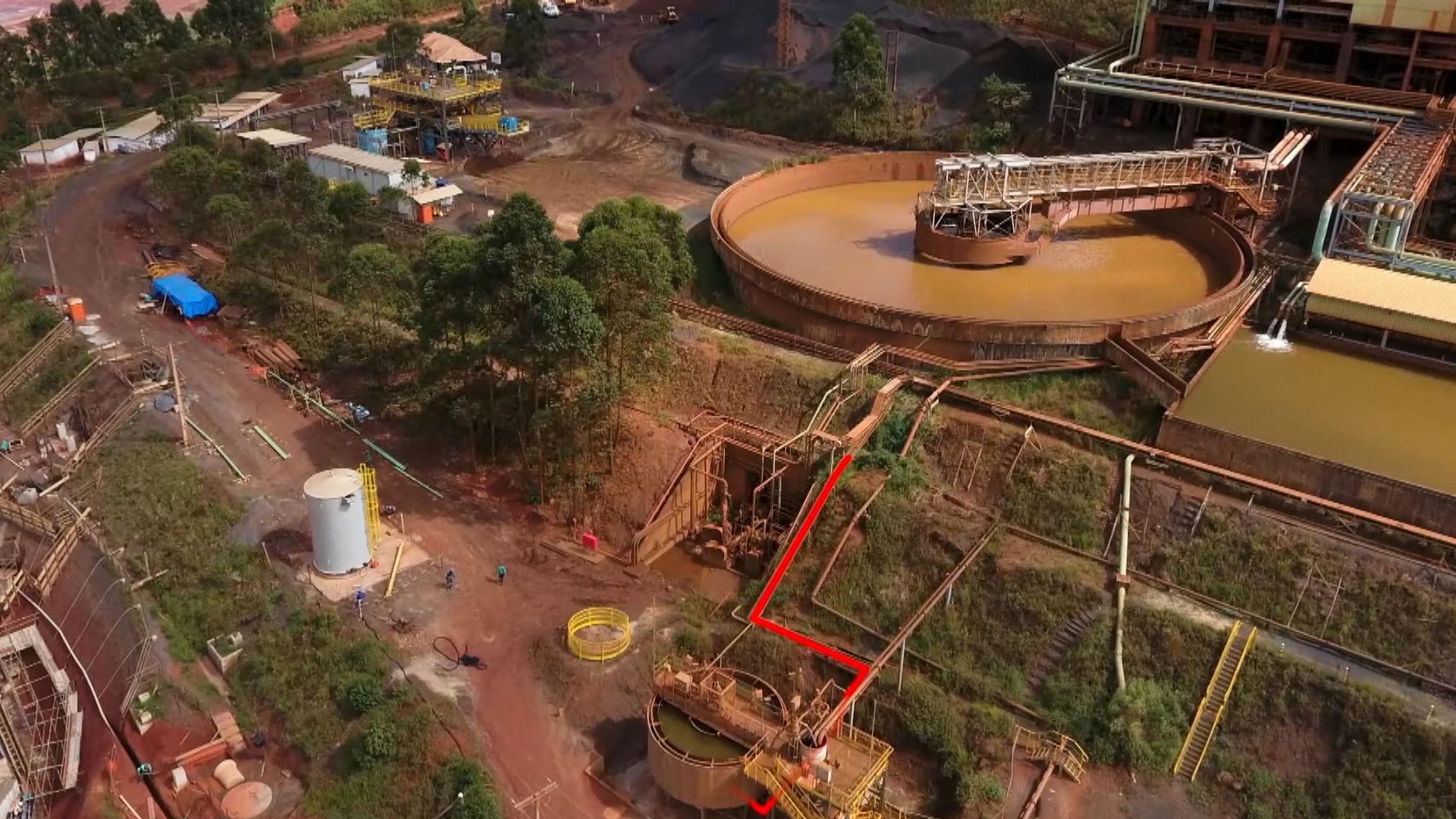
Comments